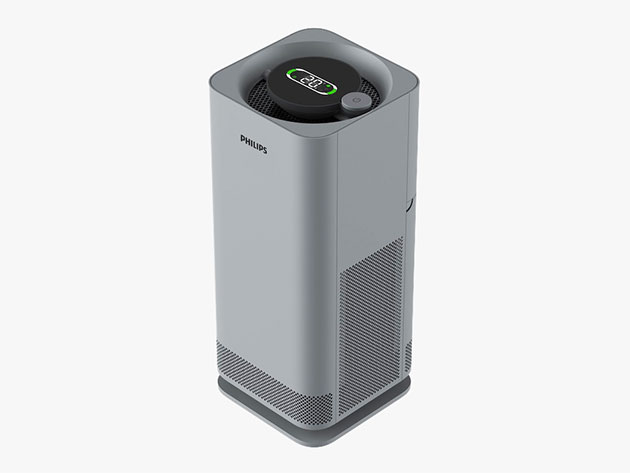Explanation of lighting terms
Source: Date:2010-03-12 16:31:44
| NOUN | Explain |
| Visual operation | Details or objectives that must be observed in front of the background in work and activities. |
| Face | Usually refers to the plane on which work is carried out. When there are no other provisions, the working surface of indoor lighting is generally assumed to be a horizontal plane higher than the ground. |
| Maintenance factor | The ratio of the average illuminance generated on the working surface after the lighting equipment has been used for a certain period of time to the average illuminance generated under the same conditions when the equipment is newly installed. |
| Horizontal illumination | Illuminance at a point on the horizontal plane. |
| Vertical illumination | Illuminance at a point on the vertical plane. |
| Direct glare | Glare that can be generated by a light source with high brightness or not sufficiently shielded in the field of view. |
| Reflected glare | Glare caused by reflection of a glossy surface in the field of view. |
| Veiling reflection | The phenomenon that specular reflection and diffuse reflection overlap in visual work. |
| Glare | A visual condition that causes discomfort and reduces the visibility of a target due to inappropriate distribution or range of brightness in the field of view, or extreme brightness contrast in space or time. |
| Glare angle | The included angle between the connecting line between the farthest indoor lamp and glare evaluation point and the lower vertical line of the lamp is: γ Angle, γ Angle greater than or equal to 45 & ordm; The range of is called glare angle. |
| Shading angle or protection angle | The included angle between the connecting line between the outermost point of the light source and the lamp outlet and the horizontal line passing through the light emitting center of the bare light source. |
| Glare evaluation point | On the vertical center line of the indoor end wall, the height of 1.5m and 1.2m shall be taken as the height of the station, and the vertical distance of 1.0m from the wall is the glare evaluation point. Generally, two glare evaluation points are taken for one room. |
| Direct lighting luminaire | Lamps on the assumed working face where the emitted luminous flux with a light intensity distribution of ~ 100% directly reaches infinity. |
| Landscape view | The direction perpendicular to the line of sight of the lamp tube of the strip lamp. |
| Vertical viewing | The direction in which the lamp tube of the strip lamp is parallel to the line of sight. |
| Reflectance or reflection | The reflection ratio refers to the ratio of the reflected luminous flux of the surface to the incident luminous flux. |
| Illuminance ratio | Illuminance ratio refers to the ratio of the illuminance of the surface to the illuminance of the general illumination of the working face. |
| Lamp efficiency | The ratio of the luminous flux (lumen) emitted by the lamp to the total luminous flux emitted when all light sources in the lamp are ignited under the specified conditions is measured under the specified conditions. |
| Lighting mode | The basic system of lighting equipment according to its installation position or use function. |
| General lighting | The lighting mode set to illuminate the whole site without considering the needs of special parts. |
| Zoning general lighting | General lighting method to improve the illuminance of specific areas as required. |
| Local lighting | The lighting mode set to meet the special requirements of certain parts (usually limited to a small range, such as the working surface). |
| Normal lighting | Permanently installed artificial lighting. |
| Emergency lighting | Lighting enabled due to failure of power supply for normal lighting is also called emergency lighting. |
| Escape lighting | As a part of emergency lighting, it is used to ensure that the emergency exit passageway can be effectively identified and applied so that people can safely evacuate the building. |
| Safety lighting | As a part of emergency lighting, it is used to ensure the safety of personnel in potential danger. |
| Backup lighting | As part of emergency lighting, it is used to ensure that normal activities continue. |
| EXIT | Escape stairs or doors leading to the outdoor ground. |
| Evacuation exit | The emergency exit is the door of the evacuation corridor or hallway connected with the room. |
| High pole lighting | A group of lamps and lanterns are installed on lamp poles with a height of more than 20M (including 20m) for large-area lighting. |



